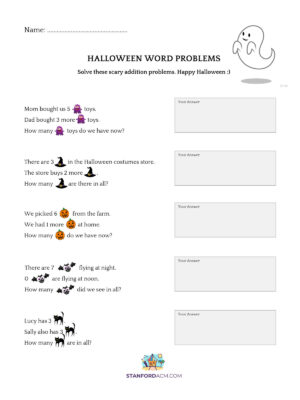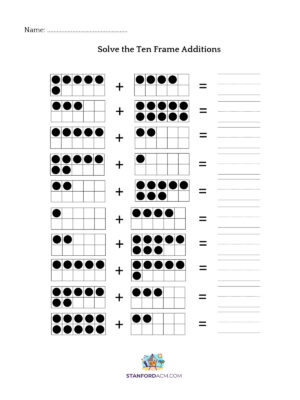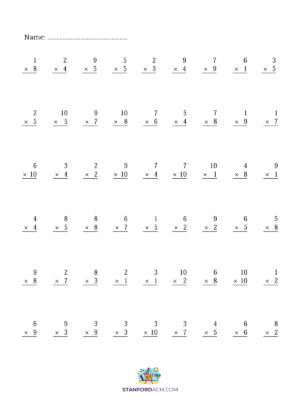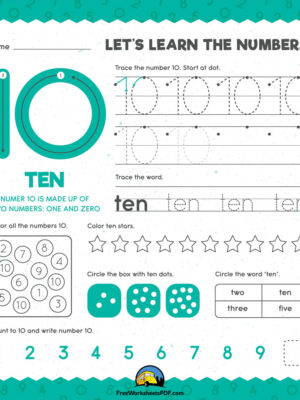Description
We also have the sort of worksheets that include the chart. TIP: Once they use that worksheet clip the multiplication chart to use as a book mark. I’ve seen many children learn their tables by keeping this chart handy.
If you have students who cannot absorb the memory work, show them that the chart makes it easy to see the facts at a glance. Also, if you are using all 10 tables the last few are very easy since most of the facts have been studied in the earlier facts. Encourage your students that it is so fun to zoom through the 8s, 9s, 10s after learning the first 7 tables!
Be sure to show the relation between multiplication and division. We have 2 in 1 multiplication worksheet and reference sheets on our main multiplication and division web pages.
Use our top left Search bar or our Search page to find a web page that has the most references to the phrase you search. This is a handmade site which means that if you see a term that you would like to have worksheets for, you will want to use the Search form at the top of the page to find the newer links the worksheets that we’ve been building.
For each elementary education subject we offer, our suggestions for teaching the specific topic are at the top of the web page and then our suggestions for teaching the subject in general follow. Our worksheets are below our explanations and suggestions. Our goal is to offer all that you need to teach the topic of the web page in one-stop convenience for you, especially if you are new to the subject, or new to teaching. Once you get used to using our site, you can skip the explanations and suggestions and go straight to the printable worksheets that you want to print.
As your student learns the zeros, ones, twos, threes he is also learning the higher tables so that you really can encourage him that, “This gets easier!” as he goes. Remember to have him look at the answers to all twelve equations in order and practice skip counting that table out loud. Make any associations that you can as you offer the new table as with the ones table: “Anything times one is itself, 30 x 1 = 30, a million x one = a million…” This knowledge of large and gigantic numbers is an encouragement; it makes the rest not look daunting. Another instance: “For any number times ten, simply place a zero behind the number for the answer; 30 x 10 = 300, 444 x 10 = 4440…. If your student can make an association, his memory work becomes easier. Associations are what are frequently missing from many Math lessons.





